Customize Sample small business Balance Sheet Templates online with DocHub flexible adjustment tools. Generate and handle your financial records all in one location without compromising your data and security.

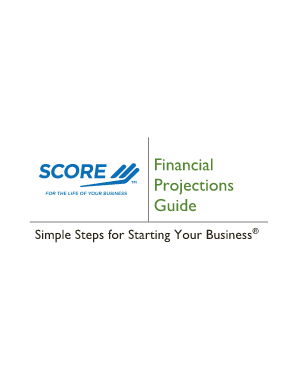
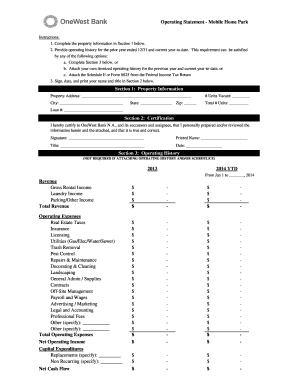


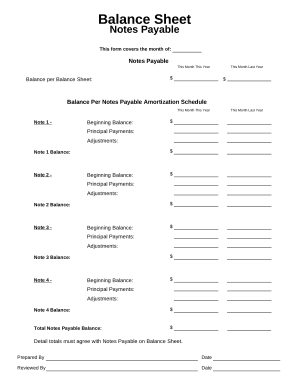
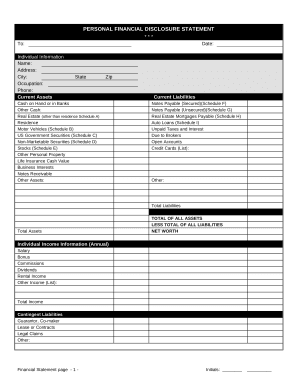
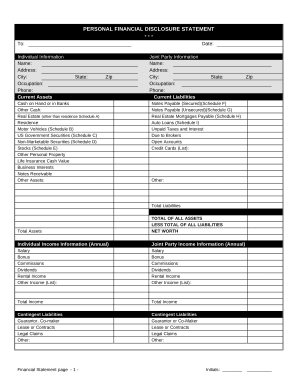
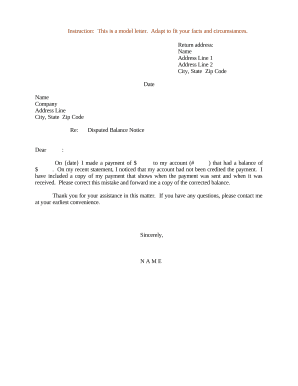
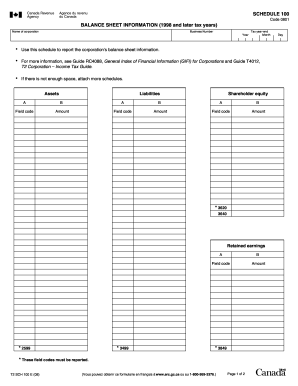

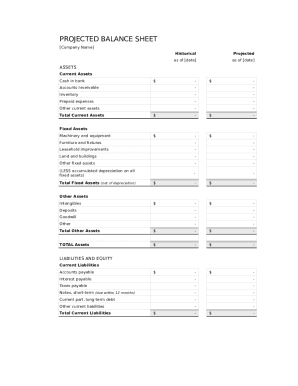


Your workflows always benefit when you are able to obtain all the forms and files you may need on hand. DocHub provides a a large collection templates to ease your day-to-day pains. Get hold of Sample small business Balance Sheet Templates category and easily discover your form.
Start working with Sample small business Balance Sheet Templates in several clicks:
Enjoy seamless file management with DocHub. Check out our Sample small business Balance Sheet Templates online library and find your form right now!